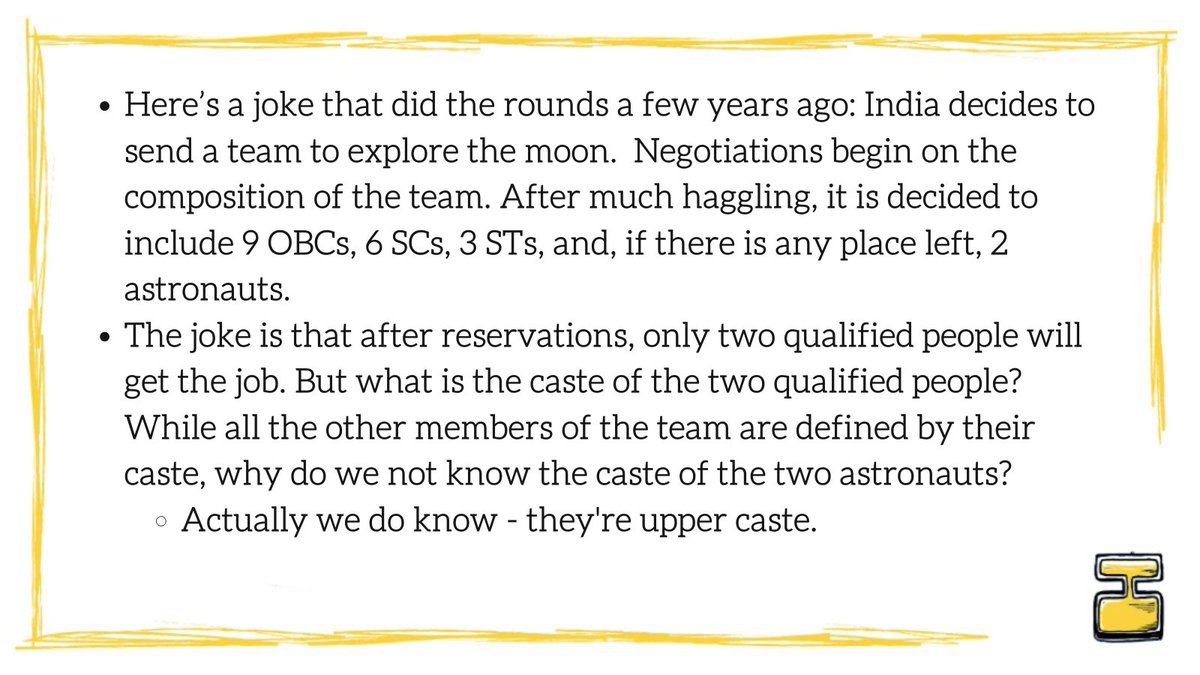
If you liked our video on the Indian "middle class", you might want to check out the articles we've published that touch on their role in defining India's legal system, women's rights, and even how coffee was consumed! Tweet threads of all 3 linked below👇
https://twitter.com/IndiaInkHistory/status/1368544061221576708
First up, the story of how sati was abolished. A western-educated "middle class" intellectual - Raja Rammohan Roy - actively campaigned to end the practice. But not for the reasons you'd think.
https://twitter.com/IndiaInkHistory/status/1368542761486413827
The second piece tells the story of how widow remarriage was seen as a perfectly normal practice among lower castes across India - until the British "legalised" it in response to a campaign led by a "middle class" Brahmin activist.
https://twitter.com/IndiaInkHistory/status/1372815975322509313
Move down from Bengal to South India, for an account of how the Tamil Brahmin "middle class" went from thinking of coffee as the devil's drink to appropriating it as a marker of their caste superiority.
https://twitter.com/IndiaInkHistory/status/1369564553227296772
• • •
Missing some Tweet in this thread? You can try to
force a refresh





